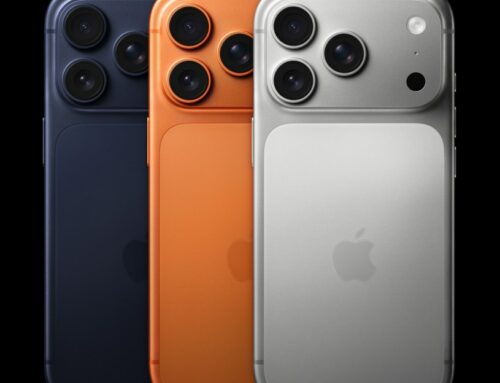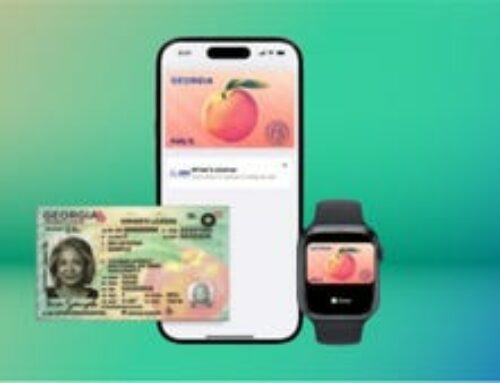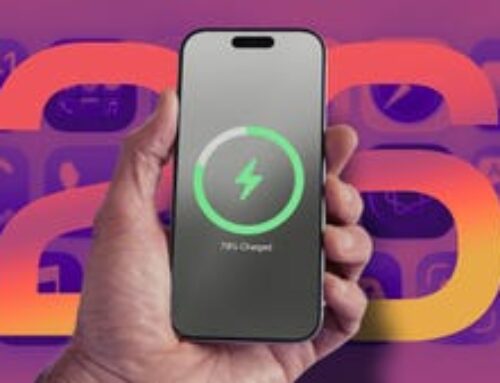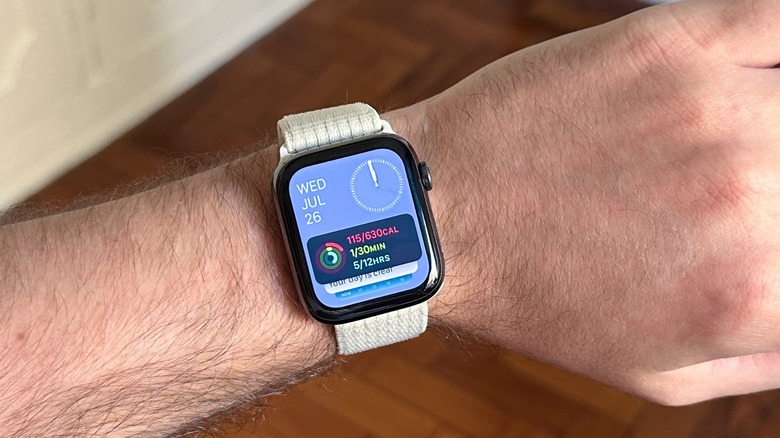
José Adorno/BGR
Earlier this month, Apple confirmed to French publication Numerama that iOS 26.2 will kill an important Apple Watch feature in Europe — the ability to automatically sync Wi-Fi networks between an iPhone and an Apple Watch. This change is due to Apple’s ongoing dispute against the European Union’s Digital Markets Act legislation, which requires Apple to add several features to comply with the EU – including one regarding interoperability. Starting with iOS 26.2, if an iPhone has to share its Wi-Fi history with an Apple Watch, the company has to allow third-party developers access to the same capabilities.
However, the company’s integrated system is completely encrypted, meaning that Wi-Fi data shared is private. Under the new legislation, this data wouldn’t be encrypted anymore, so the company decided to ditch the feature entirely to avoid third-party developers from getting access to users’ Wi-Fi locations and creating new profiles to target them with more ads. That said, here’s how syncing Wi-Fi between the iPhone and the iPad will work starting with watchOS 26.2 and iOS 26.2 in Europe.
Syncing Wi-Fi between iPhone and Apple Watch will become more annoying in the EU
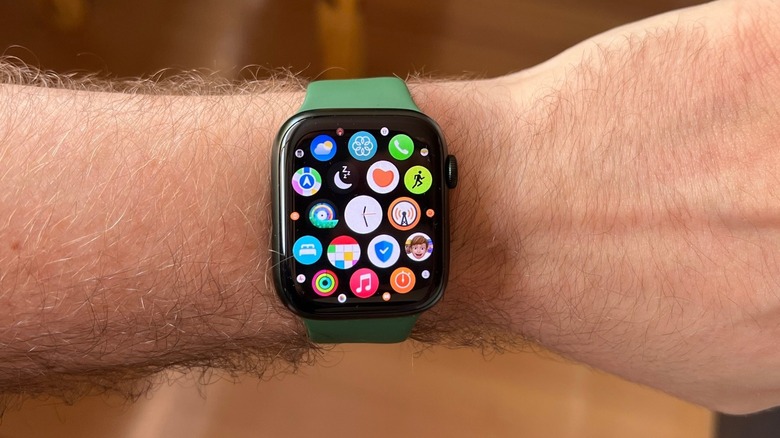
José Adorno/BGR
9to5Mac shared a few ways the Wi-Fi sync between iPhone and Apple Watch will work in the EU once iOS 26.2 and watchOS 26.2 become available. For example, if your iPhone connects to a known network and your paired Apple Watch is with you, the network will be automatically shared. However, if both devices are not together, the Wi-Fi network won’t be synced. For instance, if you visit a coffee shop with only your iPhone and connect to the Wi-Fi, and then you go there again with only your Apple Watch, the watch won’t automatically sync to the Wi-Fi network.
You will have to manually enter the password on your Apple Watch. Apple is expected to release iOS 26.2 in mid-December. While the company is taking away the Wi-Fi sync feature from European users, the feature will remain for users outside the EU. Notably, iPhone users in Europe will get the Live Translation feature with this update, which has been available for the rest of the world since iOS 26.


